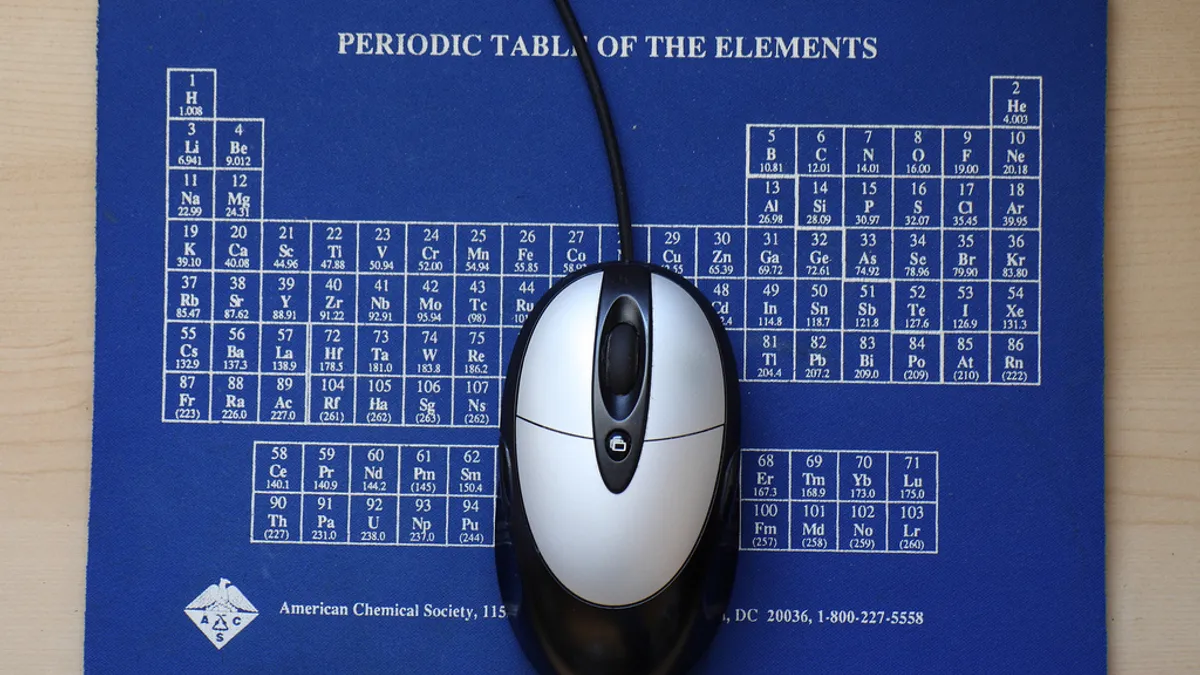Fewer than half of all U.S. high schools that have high black and Latino student enrollments offer physics courses as part of their curricula. Among schools at the opposite end of the demographic spectrum, two-thirds offer physics.
This is according to the latest data from the U.S. Department of Education’s Civil Rights Data Collection survey, which also showed that even in schools that offer Advanced Placement classes, black and Latino students are consistently underrepresented in the classes. The same is true among students from low-income families, when compared to their middle class peers.
But a model once thought powerful enough to disrupt all of higher education may provide a solution.
Boston University is moving into its second year of an AP Physics pilot program called Project Accelerate, developed using the massive open online course platform edX. The university first offered an AP Physics MOOC to anyone with a computer and an internet connection, reaching more than 11,000 students in 150 countries. Last year it partnered with seven schools in Massachusetts that do not offer AP Physics for an invitation-only version of the course.
All of the school partners had majority black and Latino student bodies, and 67% of the 24 student participants were of those groups. Additionally, three-quarters of the students qualified for free or reduced-price lunches.
Encouraged by the year-one results, all of the participating schools have signed up for a second year and Boston University will add five additional partners. The continued scalability of the project is a matter of equity to Boston University Physics Department researchers Mark Greenman, Andrew Duffy and Bennett Goldberg.
“In a global economy increasingly dependent on STEM competencies, failing to prepare all students to enter STEM fields undermines economic competitiveness and falls short of delivering on the nation’s promise to provide all children opportunities for success,” the trio wrote in a paper for May’s LINC conference.
Students who took the Project Accelerate course last year completed most of their coursework on their own, during class time at their home schools. Their work was overseen by site liaisons. Those students within public transit commuting distance of Boston University paired that work with weekly face-to-face labs, staffed by Boston University undergraduate physics students who were trained in STEM pedagogy and near-peer teaching.
Among the seven students from outside of Boston Public Schools, 71% of them scored a three or higher on the AP Physics 1 exam. That’s compared to just 39% of students in Massachusetts schools overall. Among the 14 Boston Public Schools students who took the exam, 14% scored a three or higher, compared to 15% in BPS, though all of those students who completed their modules before the May 3 test scored at that level. Researchers expect a lax late work policy in BPS contributed to the lower scores and plan to change requirements for the AP Physics students in the coming year.
Daniel Seaton, a research scientist in Harvard’s office of the vice provost for advances in learning, and a contributor to the Davidson Next project at Davidson College in North Carolina, is excited by the expanded use of the edX platform.
Davidson Next is a partnership of Davidson College, the College Board, and edX. The team created modules covering concepts in AP Calculus AB and BC, AP Macroeconomics and AP Physics 1 and 2. In a collaborative process, high school teachers who had written AP curricula and exams and/or graded AP exams developed and presented the content, making those materials available to teachers across the country through the MOOC platform.
Seaton sees Boston University and Davidson College as unique in their efforts.
“What differentiates them from other MOOC creators is they’re actively trying to find ways to take that content and integrate it into traditional settings,” Seaton said. And they may not be unique for long. “People are catching on that the edX platform can be used in many, many different ways than just open online,” Seaton said.
Because AP exams are all graded the same way, no matter where in the country students take them, researchers like Seaton have a reliable metric to use for tracking impact.
Using data from a smaller pilot in the Charlotte-Mecklenburg Schools, researchers collected district data about students whose teachers incorporated Davidson Next content into their AP courses. That includes data about student backgrounds, GPAs and interaction with course materials.
While Seaton says the findings are not causal, researchers did find a correlation between the number of hours spent using Davidson Next content and AP Calculus exam scores. For every hour above the class median that students used the content, their score went up by .08 — meaning 10 hours of work translated into almost an entire grade bump on the AP scale.
Both Davidson College and Boston University are still in the pilot phases of their research. But as they continue to scale their impact, there is great potential. Seaton sees colleges and universities of the future as hubs for access to advanced classes that high schools do not have the capacity to provide. And especially when it comes to diversifying STEM pipelines, the country can hardly wait.




















